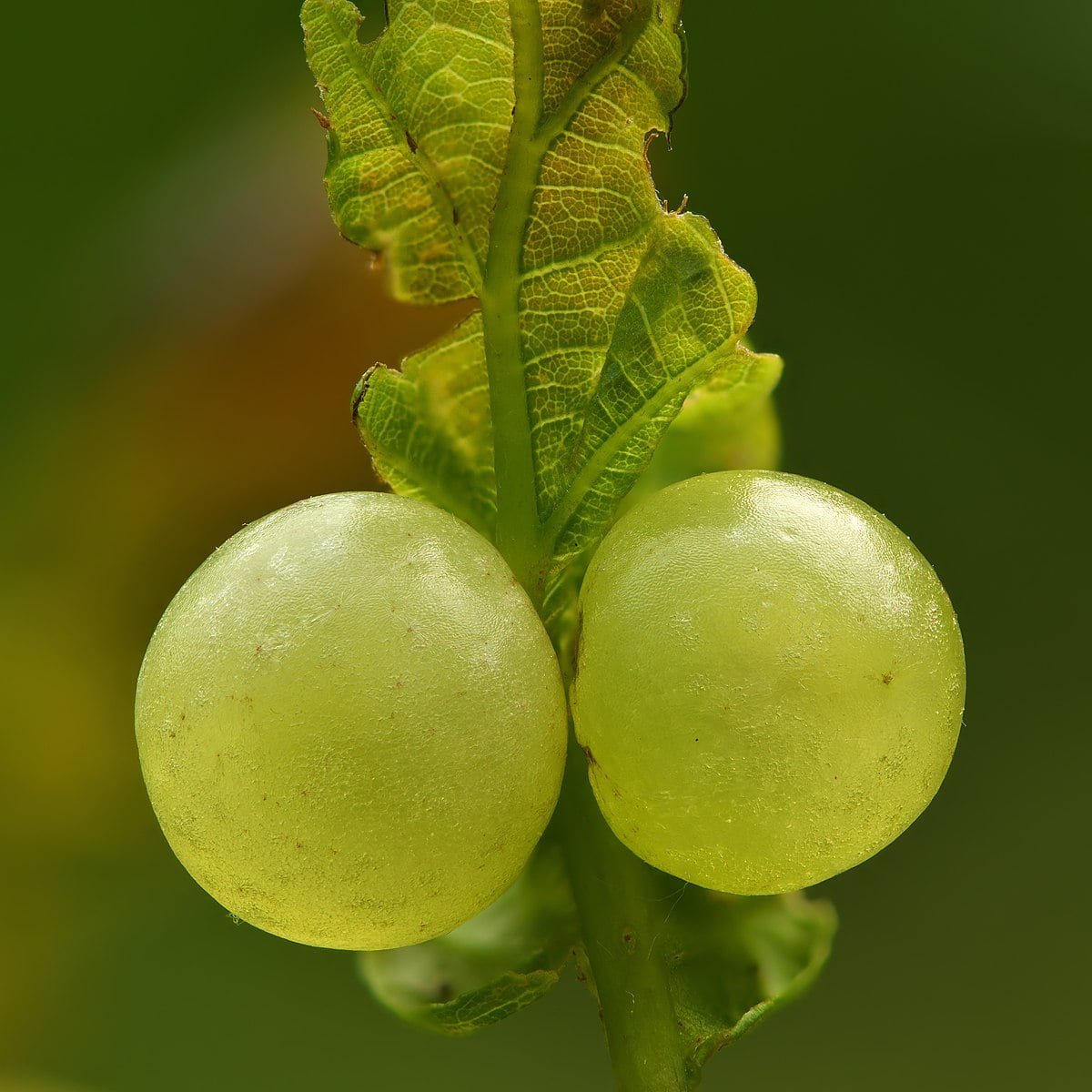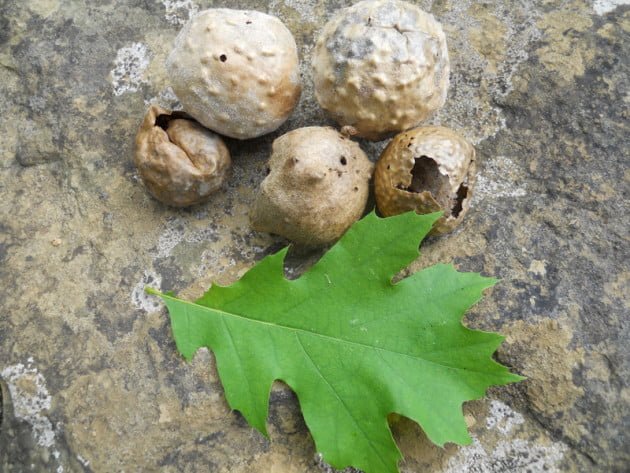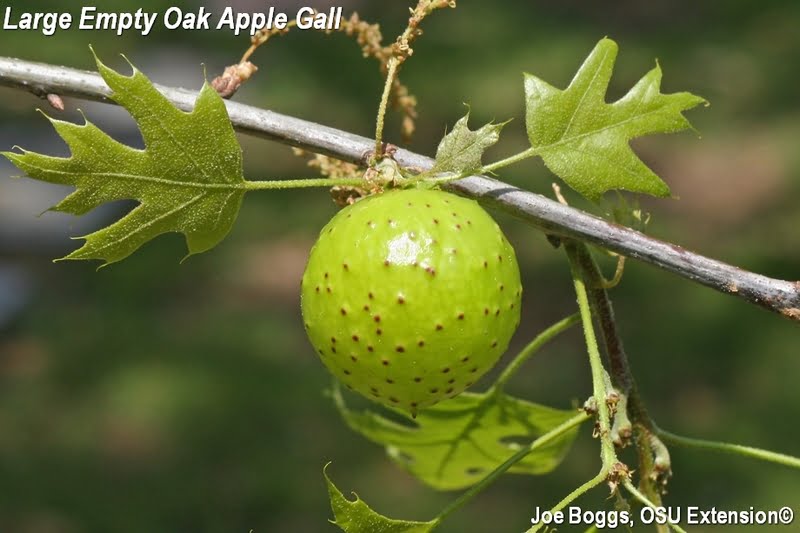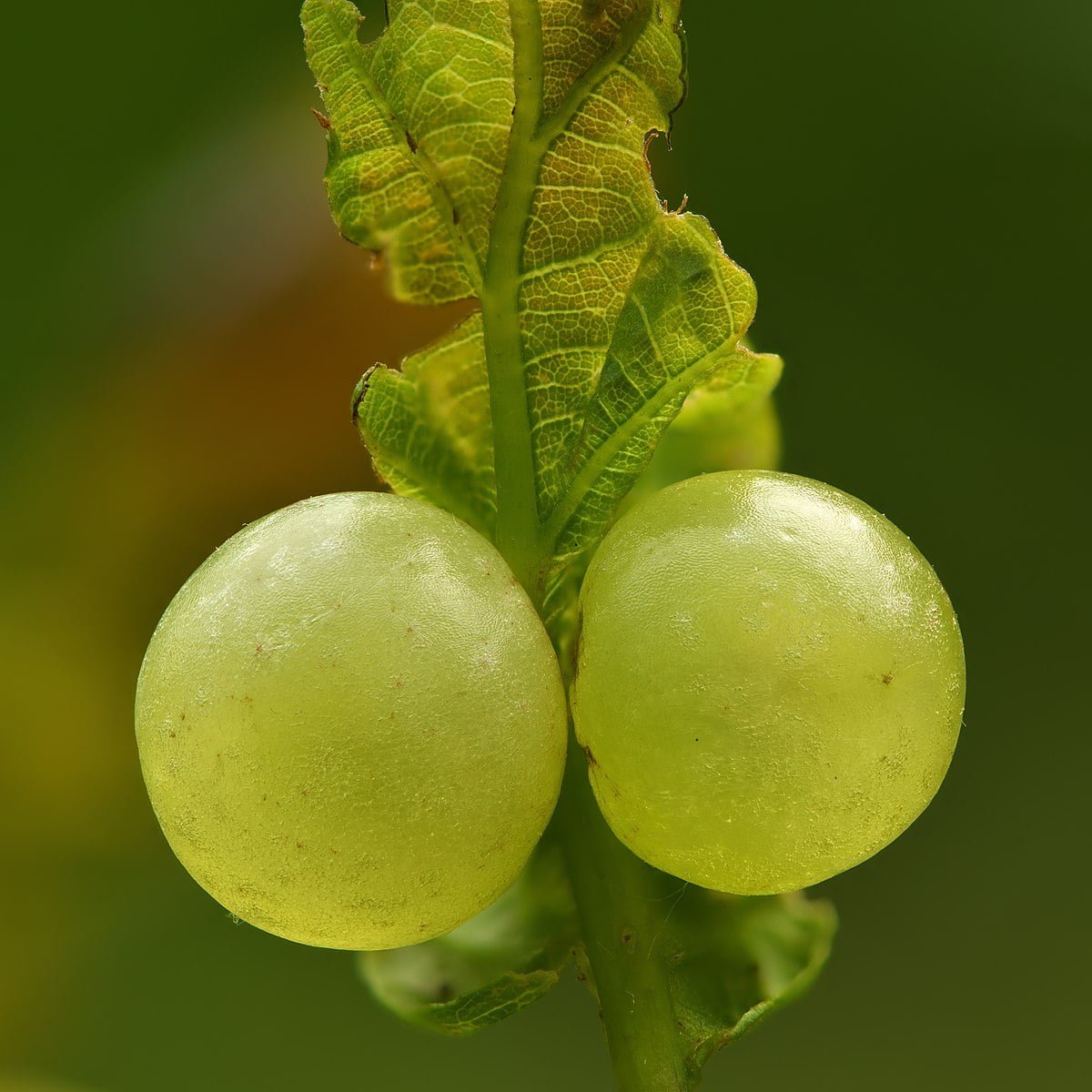Oak apples, also known as gall apples or oak galls, are curious growths that form on the branches and leaves of oak trees. These peculiar formations are actually a type of tumor caused by a specific group of insects called gall wasps. Despite their unassuming size, oak apples have a long history of being used for various purposes, from medicinal remedies to dyeing fabrics. In this article, you will explore the fascinating world of oak apples, understanding their origin, unique characteristics, and their significance throughout history.
Oak Apples

Definition and Description
Oak apples, also known as oak galls, are abnormal growths that develop on oak trees as a result of the activities of certain wasps. These peculiar formations resemble small apples and can vary in color, from green to brown. Oak apples are often mistaken for fruit, but they are actually non-edible structures formed by the oak tree in response to the presence of larvae of gall wasps.
Formation and Appearance
Oak apples are formed when a female gall wasp lays its eggs in the tissues of an oak tree. The wasp injects chemicals into the tree, triggering the growth of a gall around the developing larvae. The gall provides protection and nourishment for the wasp larvae as they develop. The appearance of the oak apple can differ depending on the species of wasp and the location on the tree. They can range in size from a pea to the size of a golf ball, and their texture can be soft or woody.

Types of Gall Wasps
There are numerous species of gall wasps that can cause the formation of oak apples on oak trees. These include the common oak gall wasp (Cynips quercusfolii) and the larger oak apple gall wasp (Biorhiza pallida). Each species of gall wasp induces a slightly different type of gall, resulting in variations in the shape, size, and color of the oak apples they produce.
Historical Significance
Oak apples have a rich historical significance, especially in England. During the English Civil War in the 17th century, oak apples became symbolic of the monarchy and were worn as a sign of support for the restoration of King Charles II. The day of King Charles II’s birthday, May 29th, came to be known as Oak Apple Day, and it was celebrated with various festivities and the display of oak apples as a symbol of loyalty and royalism.

Uses and Applications
While oak apples have no practical uses in terms of food or medicine, they have been utilized for various purposes throughout history. The high tannin content in oak apples makes them valuable for dyeing fabric and leather, producing shades ranging from yellow to black. In traditional ink-making, oak apples were crushed and mixed with iron salts to create a dark ink. Oak apples have also been used in the art of wood staining and as a source of natural pigments for painting.
Cultural Symbolism
Oak apples hold cultural symbolism in many societies and are considered significant in folklore and mythology. In Celtic mythology, the oak tree was associated with strength and protection, and oak apples were believed to possess magical powers that could ward off evil spirits. In some Native American tribes, oak apples were used in ceremonial rituals as offerings to the spirits or as talismans for good luck and protection.

Oak Apple Day
Oak Apple Day, also known as Royal Oak Day, is a traditional English holiday that commemorates the restoration of King Charles II to the throne in 1660. On this day, people would wear oak apples as a symbol of loyalty and support for the monarchy. Oak Apple Day was celebrated with parades, bonfires, and the display of oak branches and apples. Though the holiday has diminished in popularity over the years, some communities still observe the tradition on May 29th.
Folklore and Superstitions
Oak apples have long been associated with various folklore and superstitions. In some belief systems, oak apples are thought to possess protective properties and were hung in homes to ward off evil spirits or bad luck. This belief was particularly strong during stormy weather or times of plague. Additionally, oak apples were sometimes used as divination tools, believed to reveal secrets or predict future events when interpreted in certain ways.

Role in Ecology
Despite their abnormal appearance, oak apples play an important role in the ecology of oak tree ecosystems. They provide a habitat and food source for a wide range of organisms, including insects, spiders, and other small invertebrates. Birds also rely on oak apples for food, as they often contain nutritious larvae or small insects. By hosting a diverse community of organisms, oak apples contribute to the overall biodiversity and balance of oak tree ecosystems.
Preservation and Conservation
Oak apples, being natural formations, require no specific preservation efforts. However, the conservation of oak trees is vital to ensure the continued presence and formation of oak apples. Oak trees face various threats, including habitat loss and diseases such as oak wilt. To preserve oak tree populations and the diversity of gall wasps and their oak apple formations, conservation efforts should focus on protecting oak habitats, preventing the spread of diseases, and promoting the planting of oak trees in suitable environments.
In conclusion, oak apples are intriguing structures formed on oak trees as a result of the activities of gall wasps. They have a long-standing historical significance, with cultural symbolism, traditional uses, and even their own commemorative holiday. While they may not have widespread practical applications, oak apples play a crucial role in the ecosystem and deserve conservation efforts to ensure their preservation and the continued presence of these fascinating formations on oak trees.



